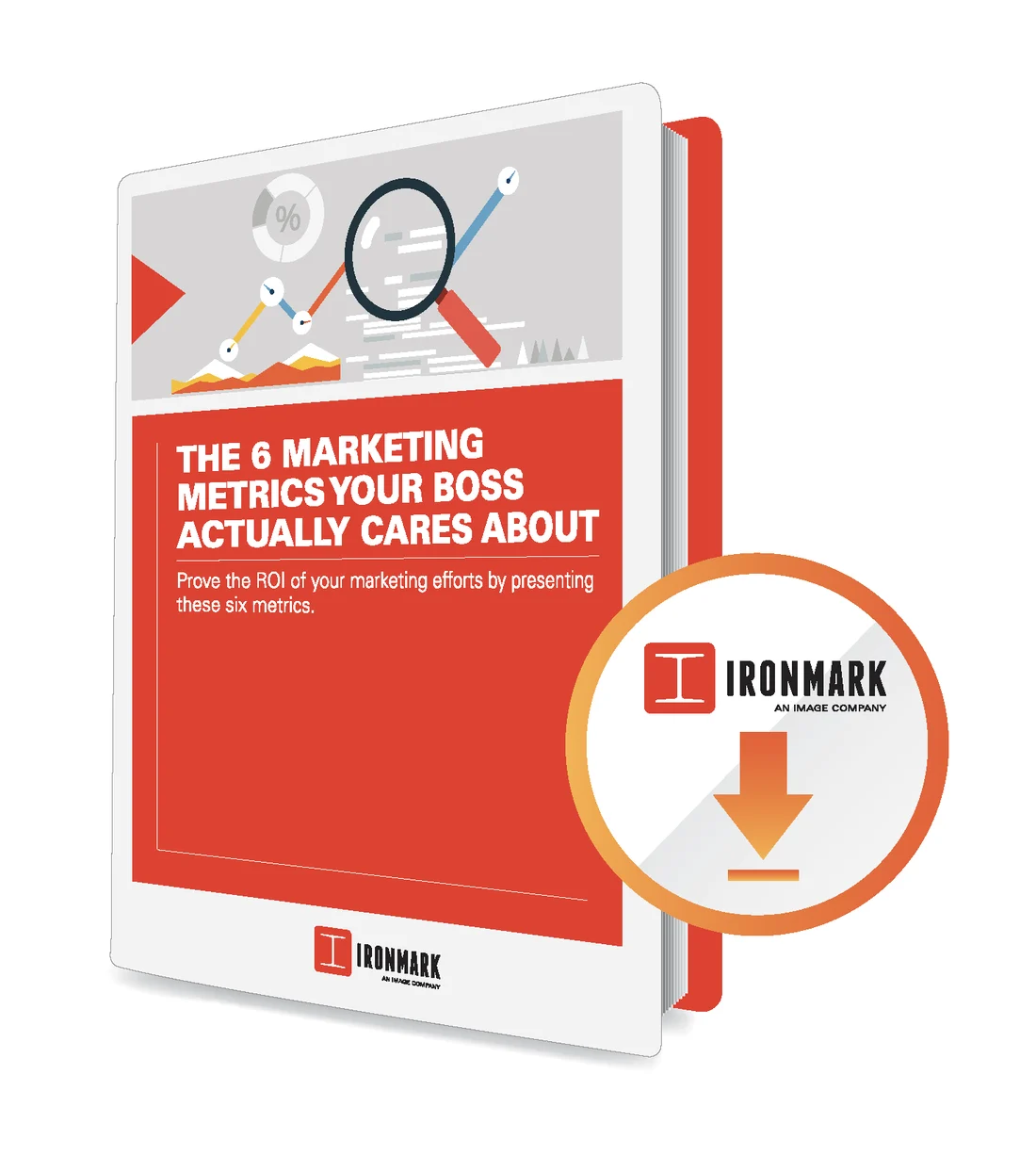impress your boss much?
Proving marketing ROI can be really stressful, especially for someone trying to execute all the marketing efforts! This guide walks you through the important metrics that can prove all your effort is worth it.
It will also help you:
- Help you make data-driven decisions in your marketing.
- Structure your quarterly reports.
- Benchmark data for future efforts.

